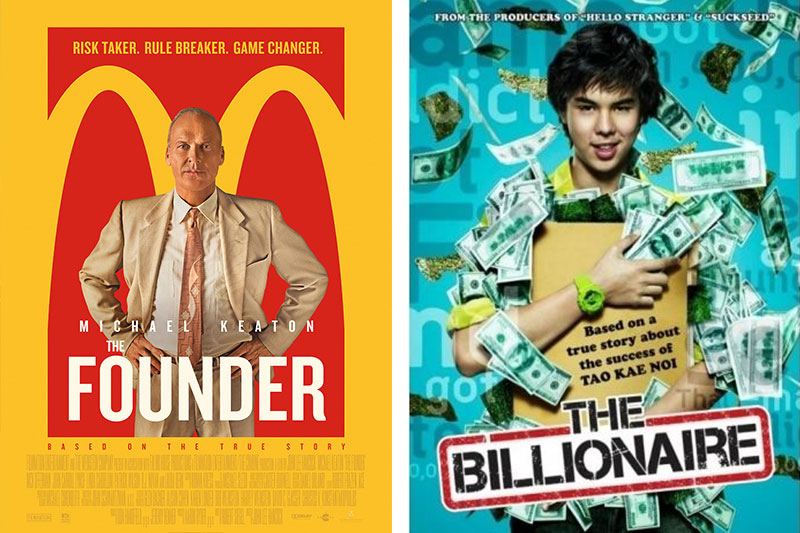A great story in a movie isn’t just about big budgets, star actors, or stunning visuals it’s rooted in the strength of the script. The script is the foundation of any film, and if it’s weak, no amount of cinematography can save it. So how do you spot a truly compelling story?
There are seven key elements to look for that signal a solid and engaging script: a strong premise, well-developed characters, clear structure, conflict, meaningful dialogue, theme, and emotional resonance.
First, a strong premise gives the movie a unique hook an idea that feels fresh or presents a familiar concept in a new way. It raises curiosity right away. For instance, “Inception” presents a world where people can enter dreams to plant ideas, immediately pulling the viewer into an intriguing premise. Second, well-developed characters are crucial.
The audience must believe the characters are real and feel invested in their journeys. A great script gives characters clear motivations, flaws, and room for growth. Think of how Tony Stark evolves throughout the Marvel movies from a selfish genius to a self-sacrificing hero. That’s great character writing. Third, structure is the backbone of storytelling. A solid script often follows a three-act structure: setup, confrontation, and resolution.
This helps the story stay focused and ensures that the pacing keeps the audience engaged. If a movie feels too slow or confusing, the script’s structure might be the problem. Fourth, every strong script needs conflict. Whether it’s internal (a character battling their own fears), interpersonal (conflict between characters), or external (a villain, a disaster, a race against time), conflict is what drives the plot forward.
Without it, stories fall flat. Fifth, meaningful and realistic dialogue helps to develop characters and push the narrative along. Great scripts avoid forced exposition and instead use conversations to reveal information naturally. Aaron Sorkin’s scripts, like “The Social Network,” show how sharp dialogue can elevate a movie’s intelligence and engagement. Sixth, a solid script is always centered around a clear theme a deeper message or question the story explores.
Themes like redemption, identity, or the cost of ambition give the story depth and allow audiences to connect beyond surface-level entertainment. For example, “The Pursuit of Happyness” isn’t just about poverty it’s about perseverance and belief in oneself. Lastly, emotional resonance is what makes a story stay with you long after the credits roll.
A great script creates moments that hit the heart, whether it’s through joy, loss, love, or victory. When a film can make you feel deeply, it’s usually because the script has tapped into universal human emotions in an authentic way.
In short, spotting a great story means looking beyond the surface and recognizing these seven elements working in harmony. Whether you’re a movie lover, a critic, or an aspiring screenwriter, understanding these building blocks will help you appreciate films on a deeper level—and recognize a great story when you see one.
Conclusion:
Spotting a great story in a movie goes beyond flashy visuals or big-name actors. It’s about recognizing the craft behind the scenes how the script builds a powerful premise, layered characters, conflict, structure, meaningful dialogue, clear themes, and emotional depth. When these seven elements align, you’re watching more than just a film you’re experiencing a story that will stay with you long after the credits roll.



